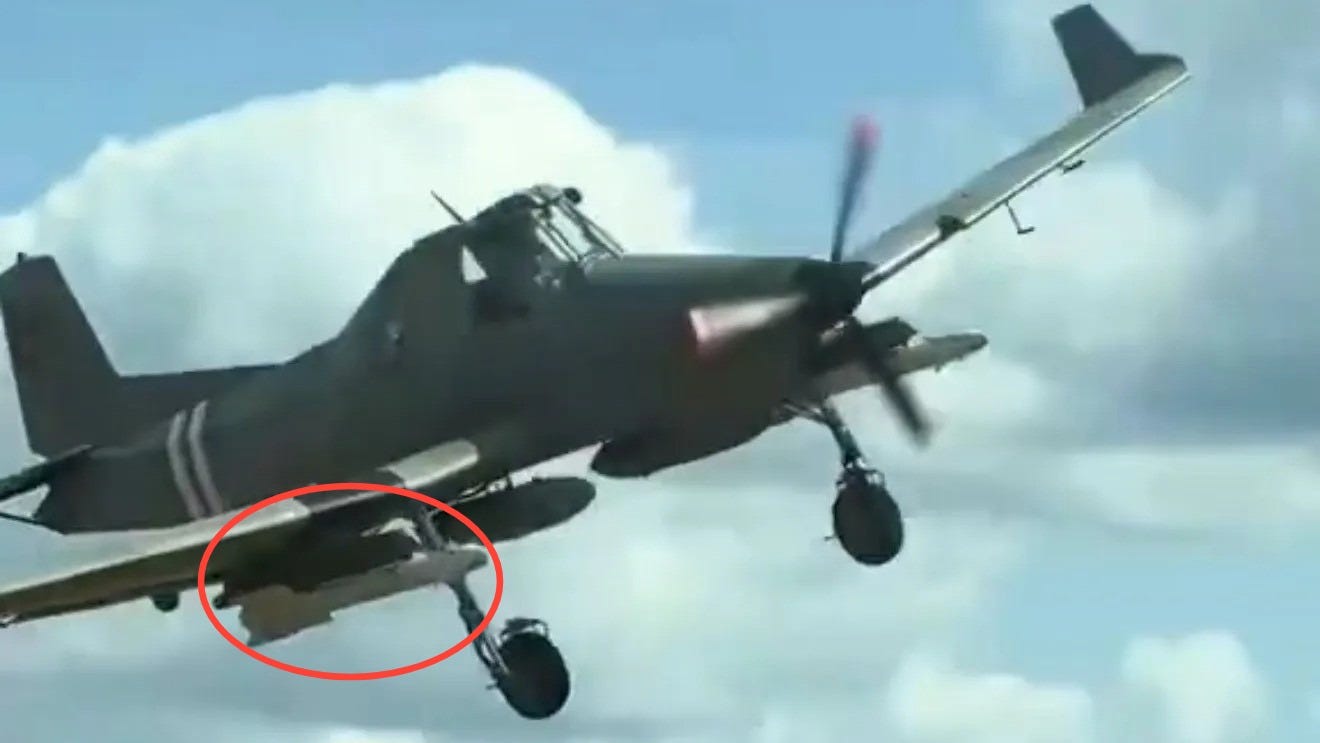When Crop Dusters Grow Fangs: Ukraine’s Missile-Armed Farm Plane
Every asset can be a weapon if you’re creative enough.
Ukraine’s war of improvisation keeps producing battlefield oddities that look like they came out of a warlord’s junkyard auction. I’m not complaining. I love it.
The latest addition might be the most audacious yet: a Czechoslovakian-built agricultural aircraft, the Zlin Z-137 Agr…




